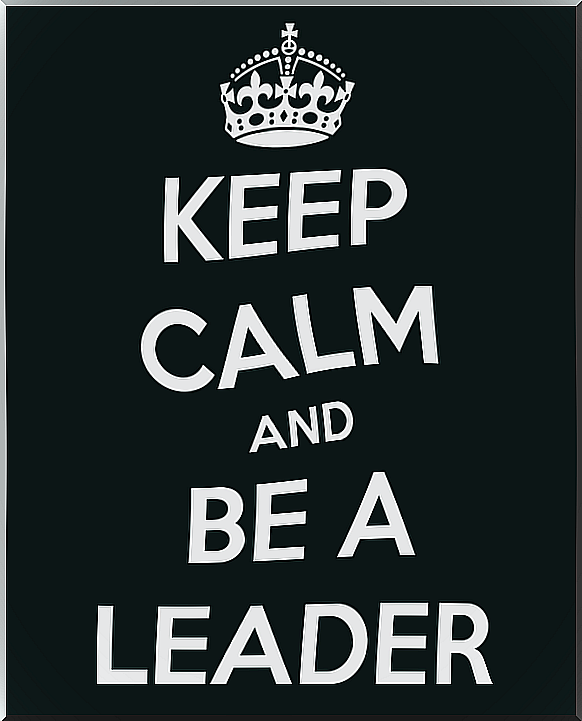Modern Applications Of Emotion Control

The Stoics return and they do it with force. The teachings of classical thinkers have been adapted to our times through different techniques and are being vindicated again, especially in the business world.
The control of emotions has been present for decades in certain practices, from the necessary poker face of Texas Holdem players to the forced temper in the highest spheres of politics. From the most trivial to the most complex in our society. However, in recent years the application of this philosophy – that of Stoicism and its derivatives – has been spreading to practically all areas of life.
Stoic week
Just three years ago, in 2012, a group from the University of Exeter in the United Kingdom launched an experiment that consisted of trying to apply the teachings of the Stoic philosophers to the day-to-day lives of students and thus see what were the real effects of this old discipline.
In the beginning, the practice consisted of keeping a “virtue” diary in which each day something positive had to be marked, writing down how virtuous each one felt. Highlighting the good, even exaggerating it, and forgetting the bad to see if that positively affected (and it turned out that it did) the participants’ mood.
This initial experiment has led to the group Stoicism Today and has been extended into a week of experiencing Stoicism in which the participants follow a manual of Stoic practices and their progress is monitored online. In the second edition, which was in November 2014, there were already more than 2,400 participants.
Stoicism today
What in Ancient Greece was called Stoicism did not involve any kind of psychological therapy but a way of life that focused on virtue, the positive side of things. But this very partial way of seeing things itself has served as the basis of some currents of psychology, especially cognitive behavioral therapies (English congnitive behavioral therapy , CBT) which are mainly used in cases of depression or anxiety.
CBT, like Stoicism, thinks that certain practices can end up altering the way we perceive things and, therefore, can change our behavior and emotions.
Finding a way to, as it is popularly said, “turn the tables” is a weapon that can help us in many aspects of our lives. For this reason, these types of theories have been transferred from pathologies to the ordinary world.

The New Stoics
The control of emotions has been applied in recent decades very clearly in elite sport. Top-level competitors are becoming stronger mentally because they always try to find what benefits them, even in the most adverse situations; They do not focus on what they have against, no matter how adverse the score, but on the chances they have of winning no matter how small. Just like poker players, experts in the art of keeping your emotions under control during competition, you have to make the most of what you have instead of obsessing over what you don’t have; knowing what our limits are, and taking defeat as an opportunity to continue improving, since excellence is in practice.
In recent times, these stoic teachings are also found in the idea that modern society has of what a good manager is, that is: a leader.

In an article by Forbes journalist Carrie Sheffield, covering the fields of economics and politics, she counseled Stoic philosophy for achieving an unbeatable mind. It gave examples of powerful characters that Stoicism had helped in their careers and summarized the five main ideas that today’s Stoics can take advantage of to advance their professional lives:
Acknowledge what is out of your control. A problem, by definition, has to have a solution, and if not, it is not a problem. What is beyond our control, we cannot solve. This does not mean “passing everything” but rather that we must focus on what we can change for the better.
Emotions are personal, they have nothing to do with the outside. The greatest power over our emotions will always be ours.
You have to focus on your own principles, not on the material, power, recognition or others.
Do not react to the negative behaviors of others. It is not worth getting angry because someone is angry; You have to focus on understanding the motives and trying to change that behavior instead of copying it.
Reflect. At this point meditation comes into play to better understand oneself and also as a tool to recognize our mistakes and congratulate ourselves for our successes.

The trap of stoicism
Stoicism sins mainly from one thing: the lack of FLEXIBILITY.
It is true that it has many positive aspects that can effectively help us not only in our professional life or in sports competitions but also personally. The point is that not all problems are solved in the same way. This means that in certain situations finding the positive side of things or focusing only on what we can control may not be the most successful.
Take for example someone who is not productive at work; In this case, if we look for the good part of not being productive, it is very possible that that person will settle into that situation and never become one. We would have to find a way to promote a change in that situation and stoicism costs change.
To move forward, sometimes we have to get out of our control zone – comfort – and try to understand what eludes us. The balance between controlling our comfort zone and our adventures into the unknown will be the key to success.









